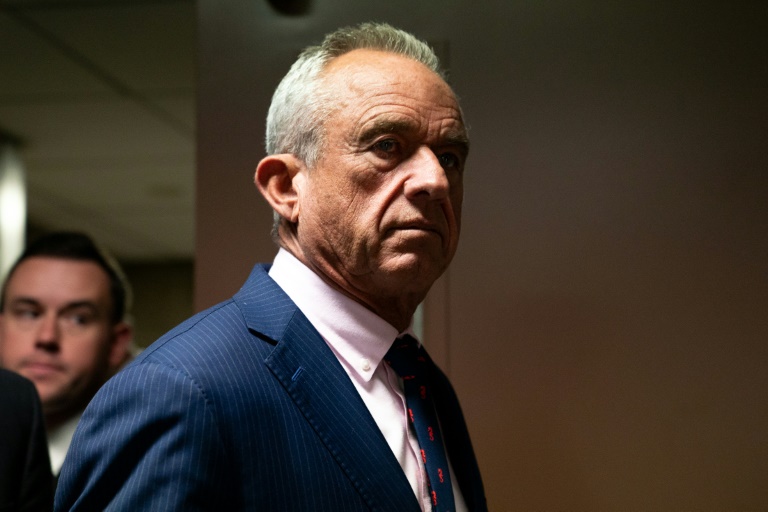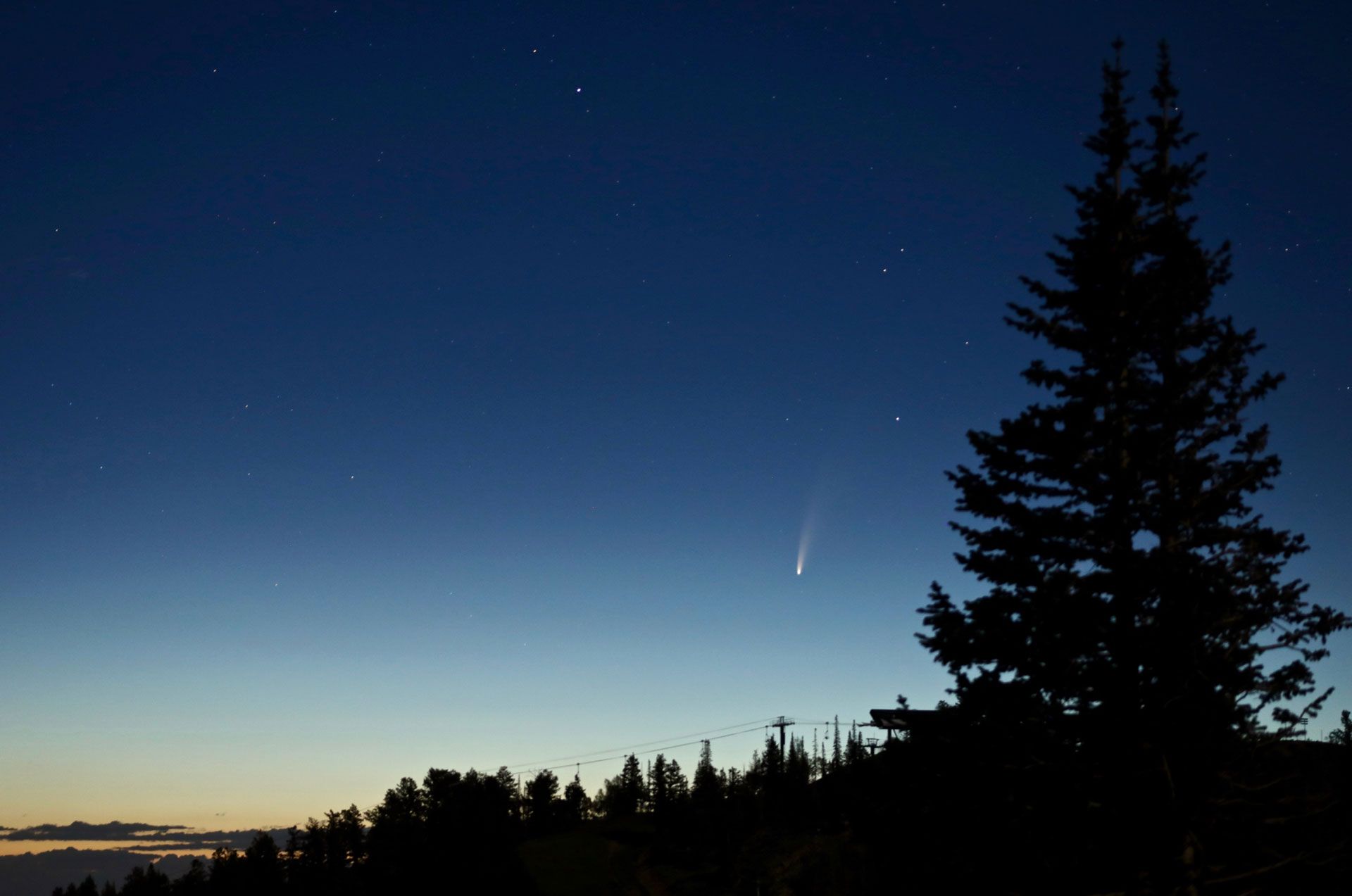Reuters
President Joe Biden’s administration said on Wednesday it would support a scaled-back version of ConocoPhillips’ planned $6 billion Willow oil and gas drilling project in Alaska but has not yet made a final decision on the contentious proposal.
The Willow project’s fate is being closely watched by both the oil and gas industry and environmental groups as Biden seeks to balance his goal of fighting climate change with calls to increase domestic fuel supplies to keep prices down.
The Willow project area holds an estimated 600 million barrels of oil, or more than the amount currently held in the U.S. Strategic Petroleum Reserve, the country’s emergency supply. The project is important to Alaska’s elected officials, who are hoping it will help offset oil production declines in a state whose economy relies heavily on the drilling industry.
Meanwhile, extreme weather across the globe has intensified calls from activists to move rapidly away from burning fossil fuels because of their contribution to warming the planet. Biden vowed during his 2020 election campaign to end federal oil and gas drilling as part of a pledge to decarbonize the U.S. economy by 2050. But that plan faced lawsuits from drilling states and pressure to boost production as Russia’s invasion of Ukraine caused a spike in energy prices.
The U.S. Bureau of Land Management (BLM) published the project’s final environmental review, selecting a “preferred alternative” that would include three drill sites and less surface infrastructure than originally proposed. ConocoPhillips had initially wanted to build up to five drill sites, dozens of miles (km) of roads, seven bridges and pipelines.
According to BLM’s analysis, the design it endorsed would reduce the project’s impact on habitats for species like polar bears and yellow-billed loons. Alaska officials and ConocoPhillips backed that option in letters submitted to the agency in recent months.
In a statement, ConocoPhillips said the design represented “a viable path forward” for Willow and said it was ready to begin construction “immediately” upon approval. The company said the project would deliver up to $17 billion in revenue for federal and state governments and local Alaska communities.
The release of the document comes after a string of actions by the administration in recent weeks to protect wilderness areas from development, including Alaska’s Tongass National Forest and Bristol Bay, and the Boundary Waters area in Minnesota.
Environmental groups criticized the analysis and called on Biden to reject the project.
“Our window to act is rapidly closing to avert catastrophic climate change, and this plan only takes us one giant step closer to the edge,” Kristen Miller, executive director of Alaska Wilderness League, said in a statement.
BLM’s parent agency, the Interior Department, said in a statement that the selection of the preferred alternative was not a final decision on approval of the project, adding that it had “substantial concerns” about Willow’s impact on greenhouse gas emissions and wildlife.
A final decision will be made no sooner than 30 days after the review’s publication, the department said.
Willow would be located inside the National Petroleum Reserve-Alaska, a 23 million-acre (93 million-hectare) area on the state’s North Slope that is the largest tract of undisturbed public land in the United States.
It was initially approved by the Trump administration, but a federal judge in Alaska in 2021 reversed that decision, saying the environmental analysis was flawed.







![Samsung Unpacked 2023: Galaxy S23 Ultra, S23+, S23 launched alongside next-gen laptops [details]](https://data1.ibtimes.co.in/en/full/781473/samsung-galaxy-unpacked-2023.jpg)